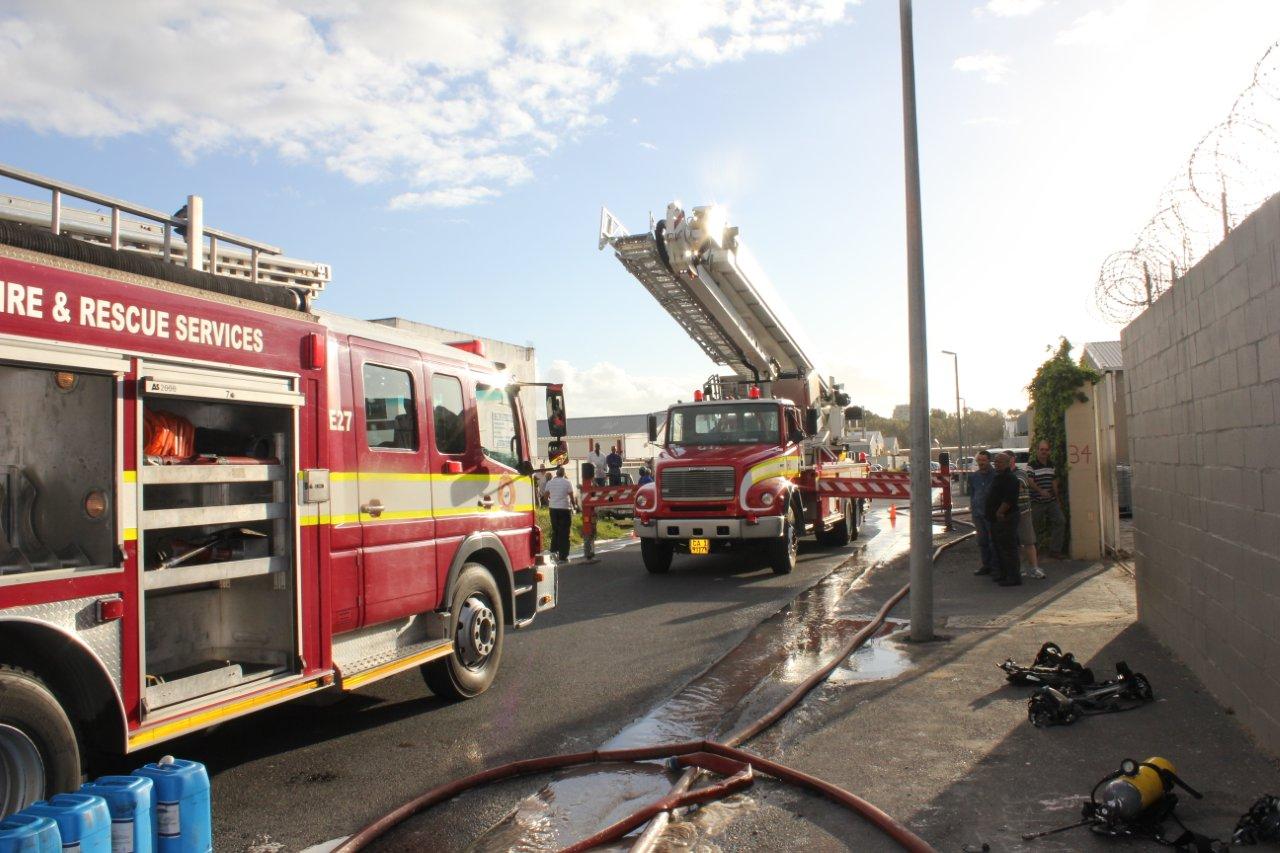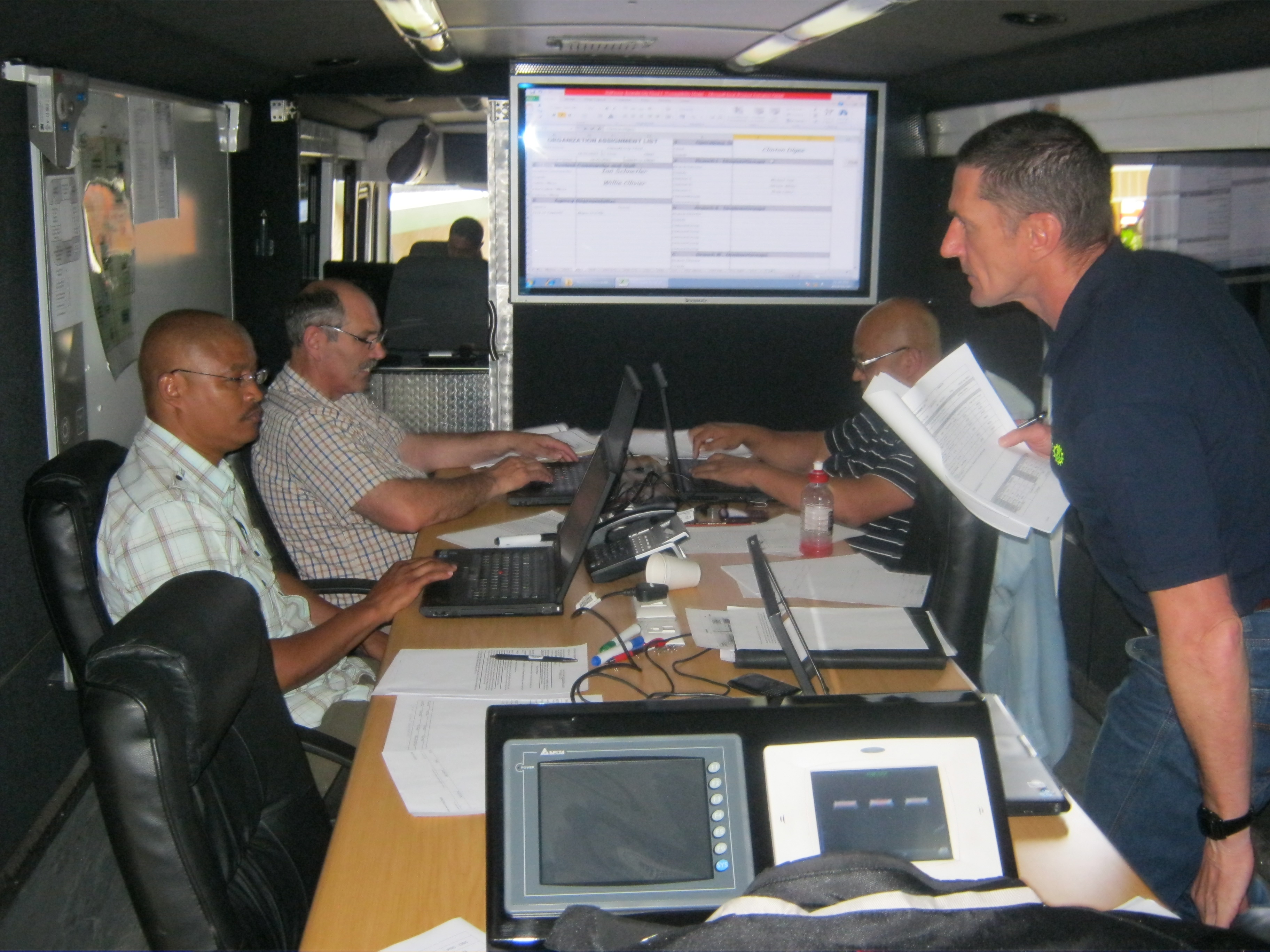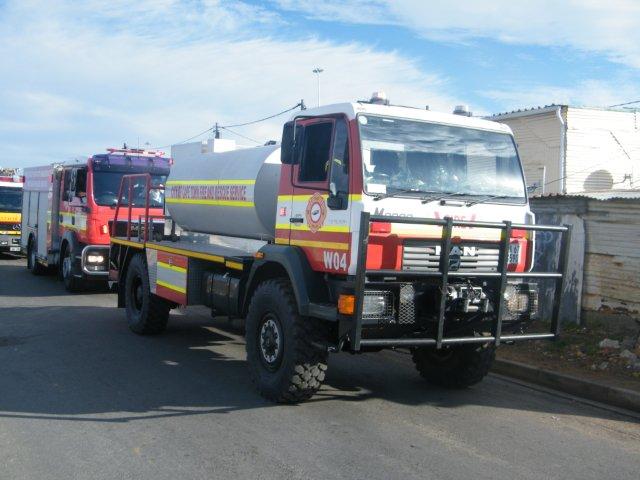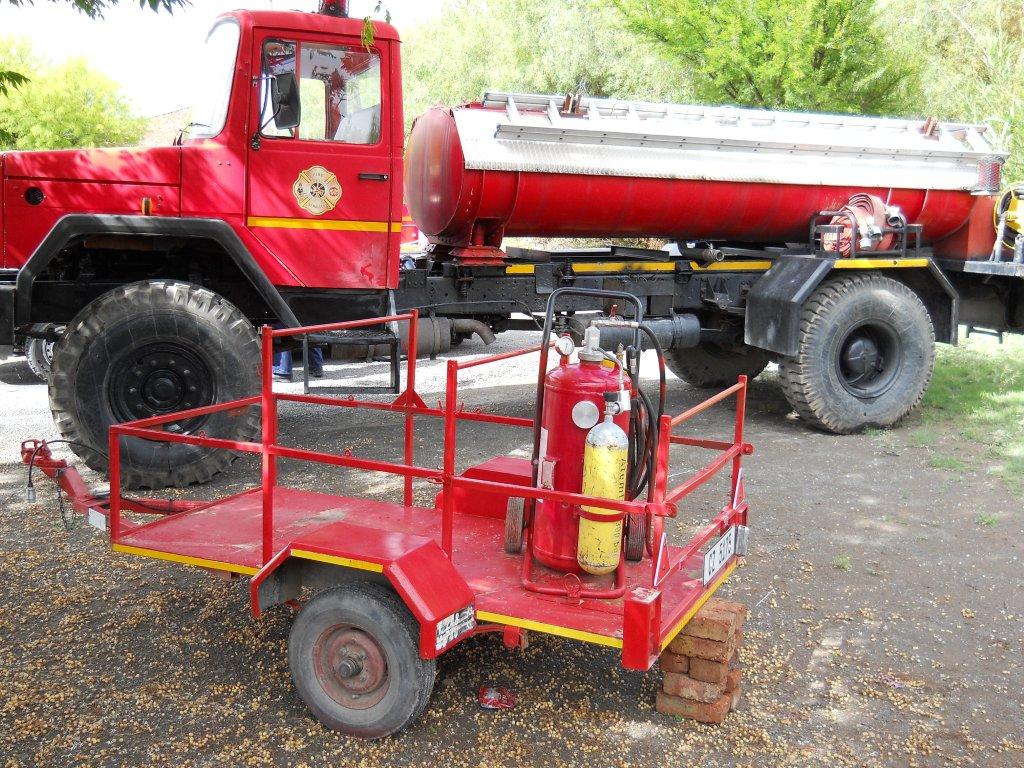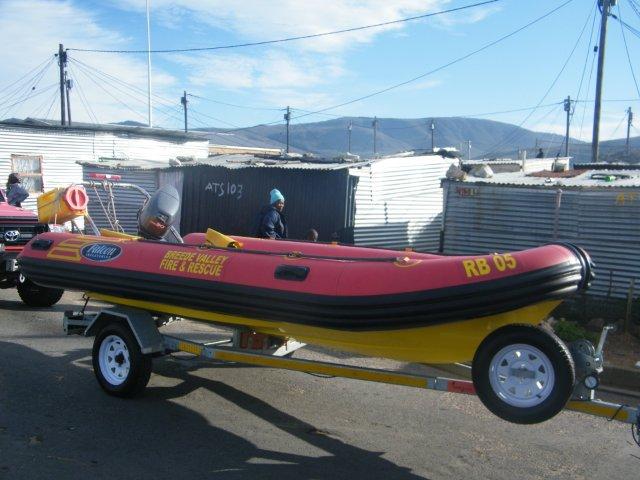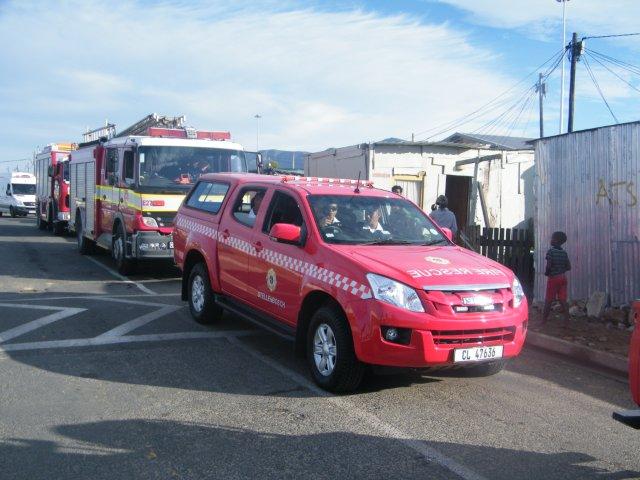Our firefighters
Our firefighters and other emergency workers are on duty, work 24 hour shifts and ready to save lives and property at any time of the day or night.
Our fire services
Fire services respond to many different kinds of fire emergencies including house fires, shack fires, vehicle fires, bush and veld fires. Firefighters also ensure continued fire safety at airports and high-rise buildings.
Firefighters are also trained to respond to other emergencies such as motor accidents, near drownings, assaults, heart attacks and other medical emergencies.
Did you know?
- A full crew for a fire truck is made up of 6 firefighters.
- A fire officer is in charge of the vehicle and crew.
- The driver’s task at the fire is to operate the truck and supply water at the correct pressure for the crew fighting the fire.
- The long ladder carried on the fire engine needs 4 firefighters to help get it up to the correct height for rescues or firefighting.
How firefighters work with and use the fire engine to fight fires
Depending on the fire emergency, our firefighters will use different types of vehicles and equipment to do the best job possible.
|
Type of fire rescue vehicle and equipment |
Use / Description |
Image |
|
Vehicle with turntable ladders and hydraulic platforms. |
Used for high-rise buildings and large factory fires. These vehicles can be used for rescue purposes and for firefighting, and rescue vehicles respond to motor vehicle accidents and medical emergencies.
|
|
|
Incident Command |
A mobile control centre used at large fires or for incidents that require co-ordination of other Emergency Services (such as the South African Police Service, Traffic Department and Disaster Management).
|
|
|
Four-wheel drive vehicle |
Essential for bush and grass fires in rough terrain. They're also used to get close to fires in informal settlement areas where access roads are in poor condition.
|
|
|
Water tanker |
Carry large quantities of water to supply fire engines in areas that don't have fire hydrants. |
|
|
Dive vehicle and rubber duck |
Respond to emergencies at rivers, dams and around our coastline.
|
|
|
Breathing apparatus vehicle |
Used when firefighters work for long periods in areas that are full of smoke, poisonous or hazardous fumes. It carries spare air cylinders. It can also refill air cylinders at the emergency scene. |
|
|
Helicopters and fixed-wing aircraft |
Used to help fight bush and mountain fires. |
|
| Hazardous materials response vehicles | Specialized vehicle used to respond to calls involving potentially hazardous materials. | 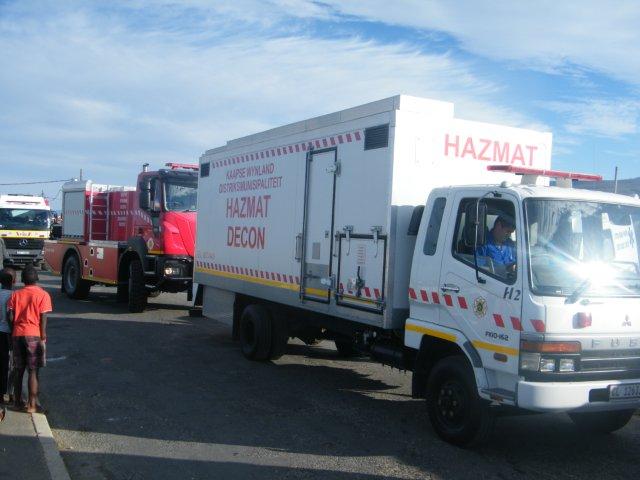 |
Fire safety and how you can help firefighters do their jobs
Our firefighters need your help to keep your communities and environment safe. Here are some handy tips on what you can do:
1. Don’t park in front of a fire hydrant.
Fire hydrants can be found by looking for a large yellow FH painted on the road. There may also be a marker pole next to the hydrant that is painted white and yellow.
Firefighters need water to extinguish many types of fires, and allow firefighters to refill their fire engines and water tankers. They can also be connected up to a fire engine, turntable ladder or hydraulic platform to fight large building fires.
It’s illegal to park in front of a fire hydrant and if you do you can be fined, or your windows could be broken or car towed away.
2. Educate yourself, your family and your colleagues about fire safety.
This will ensure that everyone can help identify dangerous situations and risky behaviours at home and at work.
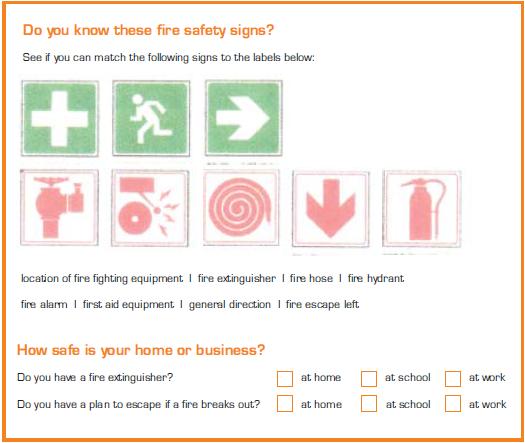
3. Clearly mark / identify all fire exits

4. Have a fire escape plan for your home and office.
It's essential that an effective home fire escape plan be implemented and practiced by the whole family to ensure a quick and easy escape.
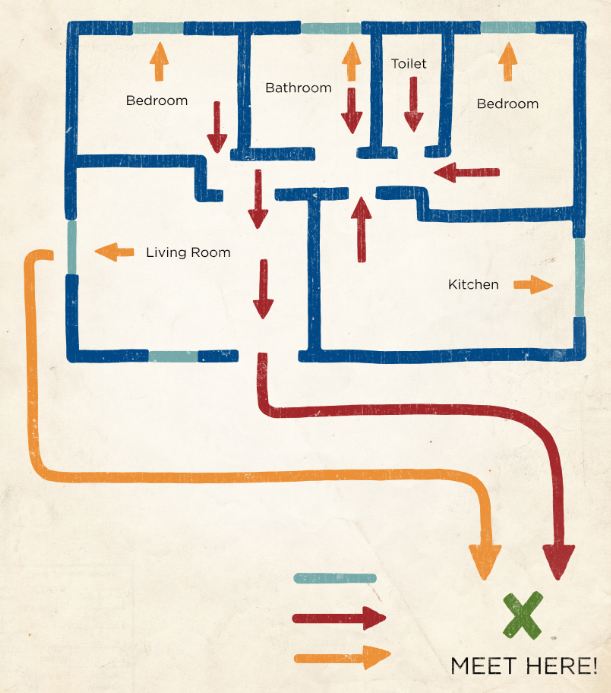
4. Have smoke alarms installed at your home and office.
Smoke alarm system have been proven to detect smoke in less than 15 seconds. This will help raise the alarm of a fire danger quickly, lessen the level of smoke inhalation and in so doing, save lives.
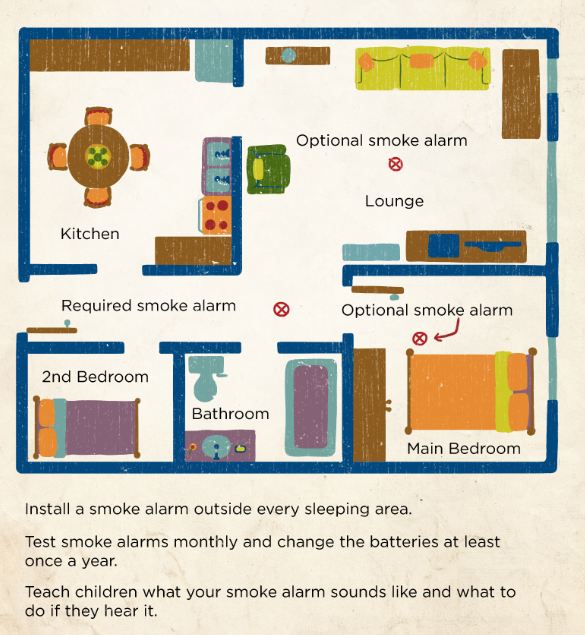
5. Report fires immediately so that help can be dispatched as soon as possible.
If you notice a fire anywhere, please report it as soon as possible to your closest local district municipality, or by phoning:
- Toll-free emergency number: 112 from cell phone or 10177 from a landline toll-free.
- City of Cape Town: 021 480 7700
- Overberg: 028 425 1690
- West Coast: 022 433 8700
- Eden: 044 805 5071
- Central Karoo: 023 414 2603
- Cape Winelands: 021 887 4446
Do you want to be a fire fighter?
If you want to be a fire fighter you need:
- to be between the ages of 18 and 45? years.
- a grade 12 and have good written and communications skills.
- a code 8 drivers licence would be an advantage.
- You have to be physically fit and pass the physical test. You must be able to:
- run 2,4km in 11 minutes or less,
- do 15 bench presses of 25kgs,
- do a minimum of 30 sit-ups in 1 minute,
- carry another person of equal body weight on your shoulders for 100m,
- climb a ladder of 3 stories in 60 seconds and
- pass a claustrophobia test.
Training
Once you’re accepted into the Fire Service, to develop the practical and theoretical knowledge. You’ll need to respond to different kinds of emergencies. The course is accredited by South African Emergency Services Institute (SAESI) and the training is carried out at one of the Fire Service training centres, which are located throughout the Western Cape.
All training is carried out by qualified instructors who themselves have undergone extensive local and international training.
Firefighters at the Breede Valley Municipality Fire Deparment tell us what kinds of equipment they use on their fire trucks

